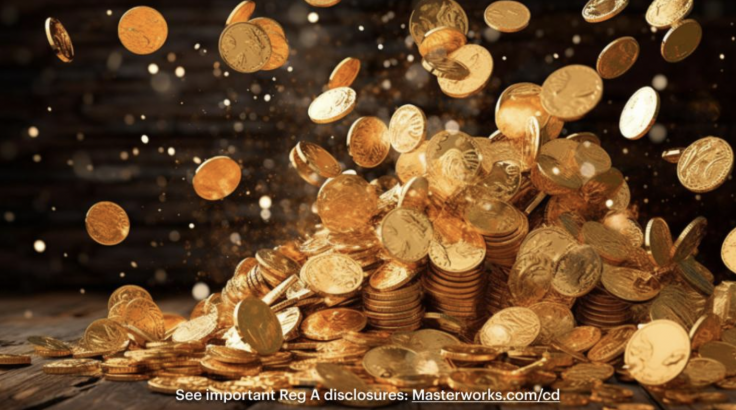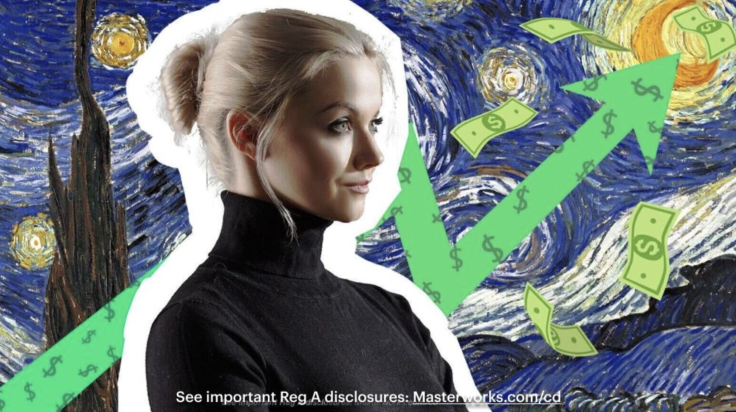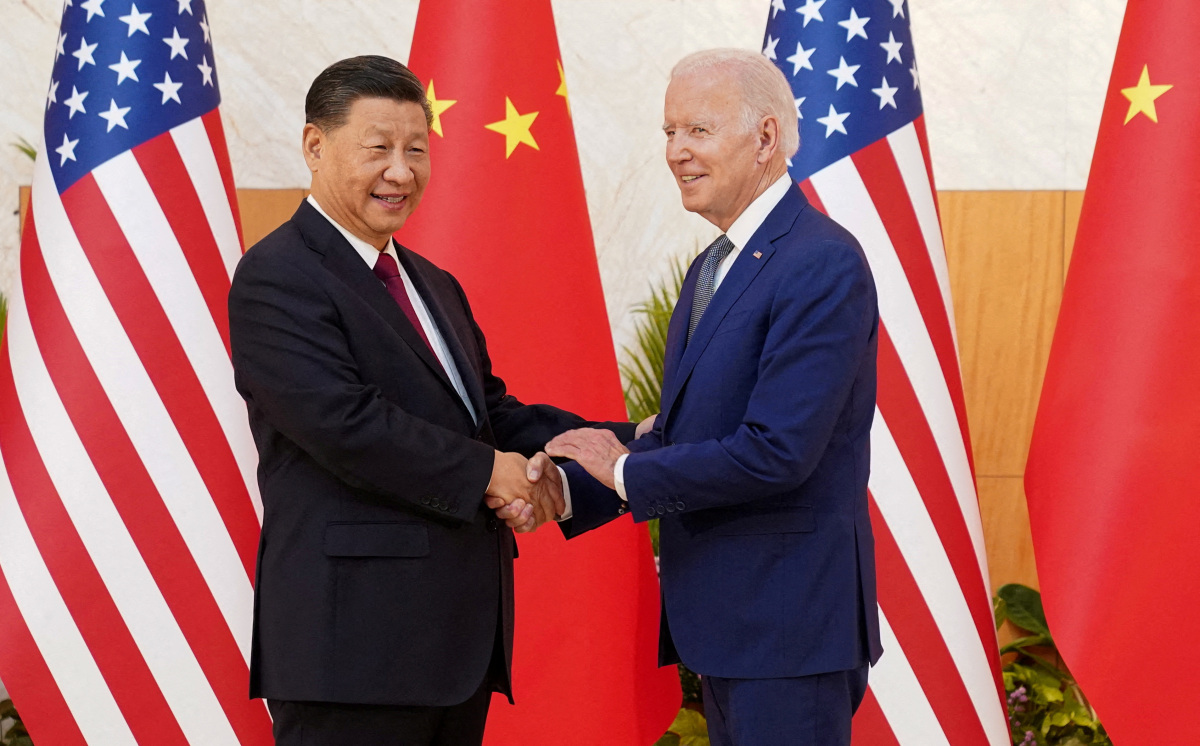* This is a contributed article and this content does not necessarily represent the views of IBTimes.
Donald Trump is the richest president in American history and he didn’t grow his wealth the conventional way. He has the vast majority of his money in alternative investments.
Coincidence? I don’t think so.
That’s because a recent study from Goldman Sachs shows that allocating up to 30% of your portfolio to real assets can give you the chance to see greater long-term portfolio returns.
And it’s not the only major investment firm recommending hefty weightings in alternatives. Huge asset managers, pensions and endowments are allocating a whopping 20% to 60% to alternatives.
BlackRock, the world’s largest asset manager, recommends a 20% allotment – equivalent to $2 trillion of its own assets – to alternatives.
Regardless if you like the richest-ever president or not, shouldn’t you be following his alternative investing strategy? (Especially, with the smart money also doing the same.)
Let’s take a deeper look at five of Donald Trump’s top alternative investments…
1. Real Estate
Location, location, location. That’s the three most important things when it comes to real estate. So it should be no surprise that Trump has about 70% of his real estate holdings in the prime New York real estate market.
All in all, Forbes estimates Trump has about $1 billion in total real estate holdings.
Investing in real estate investment trusts (REITs) can be a great way to get the benefits of real estate investing without the hassles of owning and maintaining your own properties. There are also crowdfunding platforms that allow everyday investors to invest in private commercial and residential real estate.
2. Golf/Entertainment/Franchising

Trump started the Trump golf organization back in 1999. He now owns close to 20 golf courses across the US, Great Britain and Asia.
There’s plenty of money to be made in keeping people entertained, and while buying a golf course may be out of reach, there are plenty of restaurant and entertainment businesses that offer great investment opportunities through “franchising.”
With 11% of all businesses in the U.S. being franchises, there are plenty of prospects. 7-Eleven, Dunkin’, McDonald’s, Sports Clips and The UPS Store are just a small handful of franchise opportunities available – with franchise fees starting as low as $10,000.
If you want to focus on golf, like Trump, Golf USA offers franchising opportunities, as do many miniature golf businesses.
3. Royalties
Trump has been involved with and has published numerous books under his name, which still generate royalties for him today. He also receives royalties from television shows, like “The Apprentice” and the “Miss Universe Pageant.”
But you don’t need to become a content creator to cash in on royalty income. Instead, you can simply invest in an oil and gas royalty trust. These are publicly traded corporations that purchase the rights to oil wells and commodity mines, and they lease these rights out to producers for a steady stream of income.
By law, 90% of these proceeds must be distributed to shareholders. So, these trusts can act as stable, long-term sources of income.
4. Gold

It’s no secret that Trump has an affinity for gold.
His apartment at the top of Trump Tower in New York City is decked out in marble and gold. The exterior of the Trump Hotel in Las Vegas is infused with gold. He reportedly owns a 24k gold toilet. He has personal investments in gold, too.
There are numerous ways to get gold exposure. The easiest way is to simply buy the SPDR Gold Trust (GLD) in your brokerage account. It’s the first US-traded Gold ETF. It’s backed by gold and has $60 billion in assets. If you prefer to own physical gold, you can go to a reputable gold dealer in-person or online. Some of the top online gold dealers include APMEX, Asset Strategies International and JM Bullion.
5. Art
Trump jumped on the digital art bandwagon, releasing a 45,000-piece NFT (non-fungible token) collection under the Trump brand at the end of 2022. A recent financial disclosure published by “Citizens for Responsibility and Ethics in Washington” reported he earned up to $1 million on this endeavor.
If NFTs are too risky for your tastes, with many projects plummeting 80-90% in value over the last year and a half, you might want to try physical art instead.
While NFTs have been around for a few short years, physical art has been around for centuries, building an impressive track record of outperformance over stocks, bonds, real estate, gold and many other asset classes.
In fact, over the last 25 years, contemporary art has outpaced the S&P 500 by a stunning 131%. Plus, it has a low correlation to stocks, which means it can add stability to your portfolio during volatile markets.
Where should you start?

Consider allocating 5% of your portfolio to art.
The ultra-rich have bought and sold blue chip art for centuries, creating a $1.7 trillion asset class in the process. And that number is only expected to grow – Deloitte predicts $900 billion of capital will flow into art by 2026.
Now thanks to one disruptive startup called Masterworks, you can join them.
Masterworks allows anyone to invest in fractional shares of iconic artwork from artists like Banksy and Picasso.
Its team of data analysts, led by a Harvard data scientist, has built an industry-leading database that gives it a quantitative edge in the art market.
So far, the results have been impressive. Every one of their 13 exits has been profitable, with recent exits delivering +10.4%, +13.9% and +35.0% net annualized returns.
They make art investing easy
There’s no need to scour galleries or learn the intricacies of the art market. Masterworks handles the entire process from researching the artists to negotiating the purchase price, to handling the shipping and logistics.
All you need to do is click this link and fill out a short application (it takes less than two minutes) and you could be on your way to investing like the ultra-rich.
As soon as your membership is approved, you’ll get access to all of Masterworks’ latest offerings, which can include paintings from iconic artists like Banksy and Picasso.
If you decide to invest, it can typically take 3-10 years for Masterworks to sell, making this a solid, long-term passive investment. Or you can try to lock in faster returns by selling your shares on the secondary market.
Due to high demand, there is a waitlist to join. However, International Business Times readers can skip the waitlist by clicking this link here.
Click here to create your free account.
This article uses affiliate links, which means if you purchase products through these links, we may earn a commission. Click here to see our T&C.






